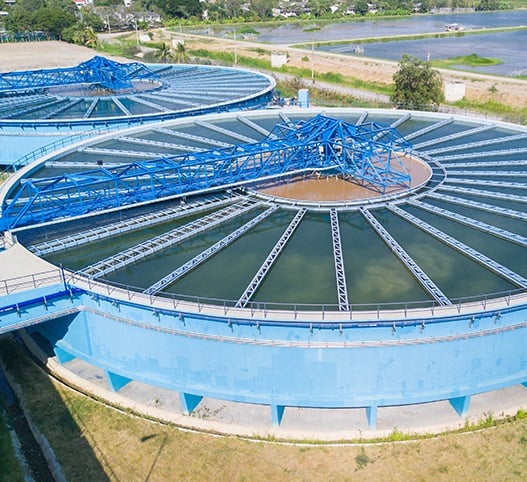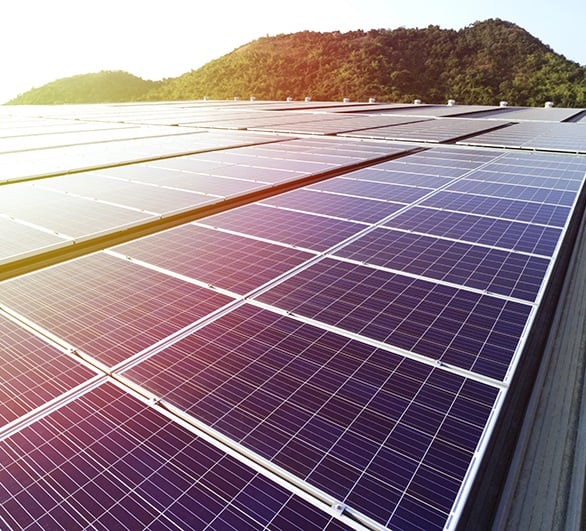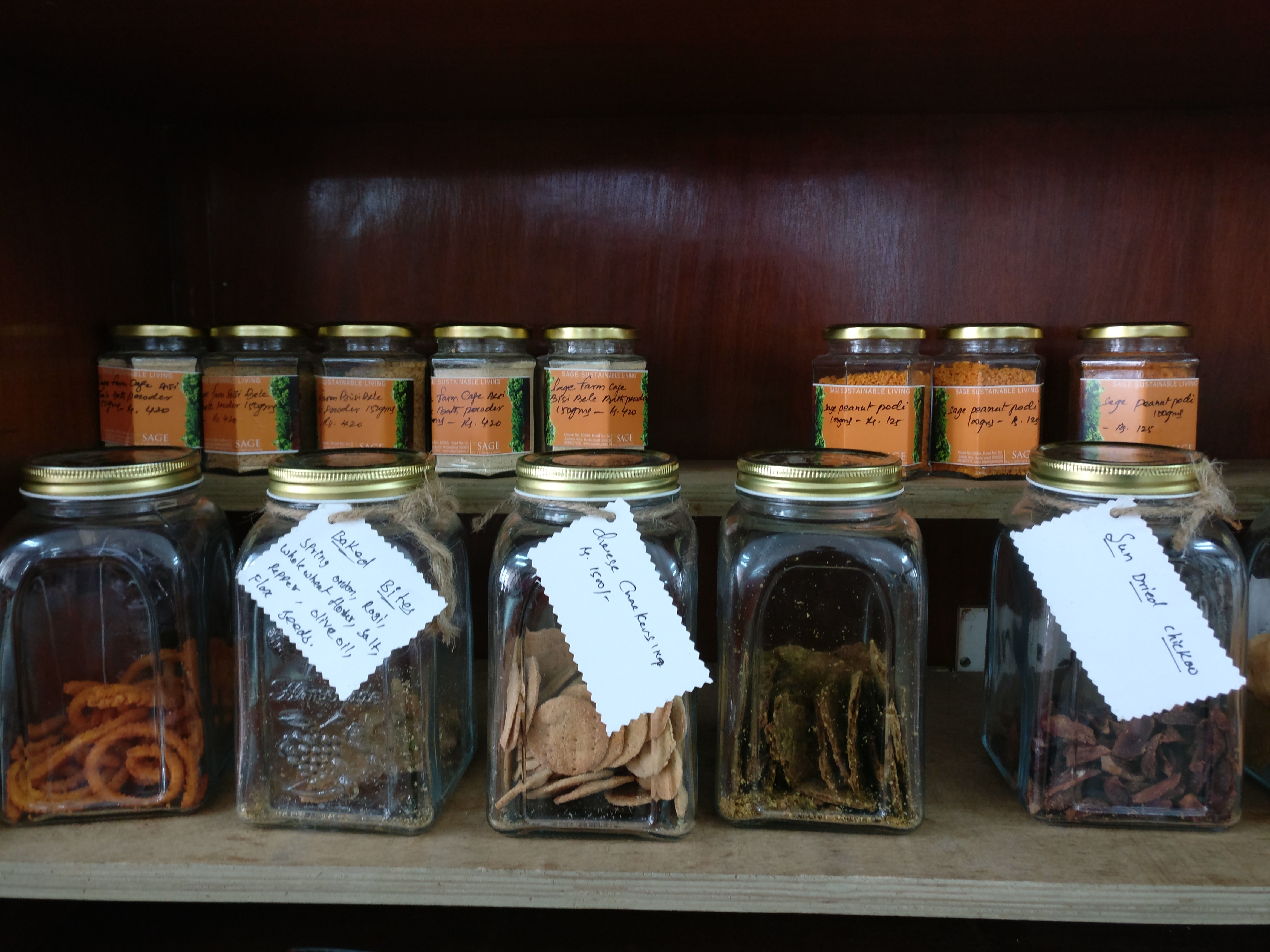What is Biodiversity?
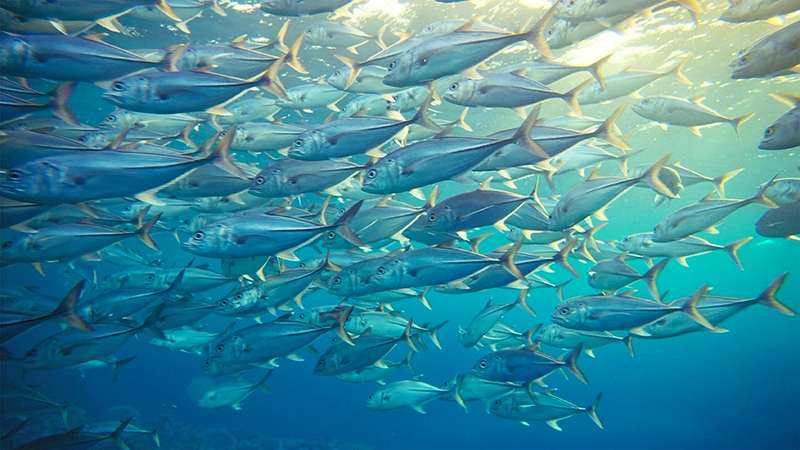
Simply said, biodiversity is the variety of life on earth. It is short for biological diversity.
The main idea behind biodiversity is the interdependence of the plants, animals, birds, insects, microbes, etc. for their survival.
The more number of different species per square foot at any place implies higher biodiversity as compared to lesser variety and more number of one or two species.
Why is Biodiversity So Important?
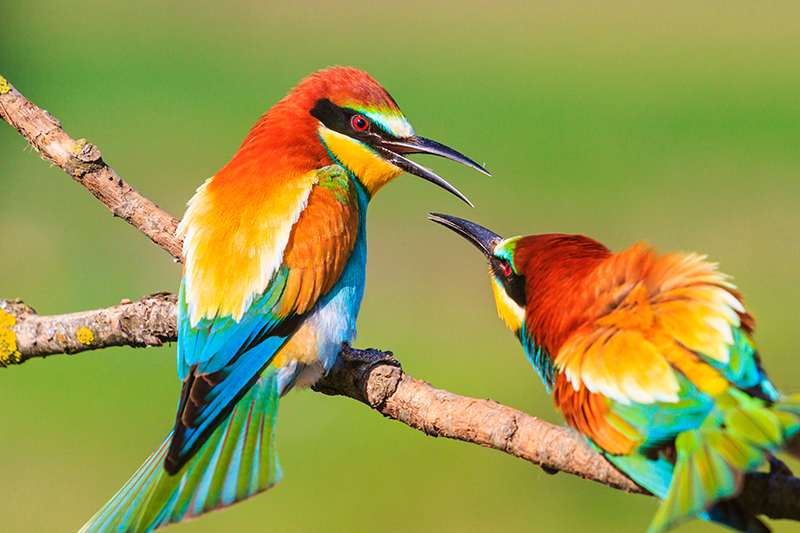
The earth is home to millions of species, with estimates ranging from 10 million to 100 million.
Of these, only about 1.7 million species have been recorded and identified (Guardian, 2019).
With so many species around, it does seem like the loss of a few species here and there should not affect the balance of ecosystem significantly.
But in reality, each organism has its place in the complex web of life, and the loss of even one link can lead to a dysfunctional ecosystem.
The following example can illustrate this point better.
In the Yellowstone National Park, the population of wolves started to decline rapidly in the 1930s. This led to an increase in the elk population, as there were fewer predators (wolves) to prey on the elk.
This in turn caused overgrazing in Yellowstone and a subsequent decrease in the Willow trees was observed. In the 1990s, wolves were reintroduced to Yellowstone.
What followed was a decrease in the elk population and an increase in the Willow growth!
While this is a simple example highlighting only 3 species, there are many more species that are affected in this chain.
For example, the micro-organisms and insect populations that feed on the dead elk, or the effect that overgrazing has on the soil properties should also be considered.
While sometimes our attention may go to species that are nearby, what about far off species that get impacted by actions that we take in our backyard.
Thermal power stations and incessant use of fossil fuels and dependence on private automobiles is contributing to climate change and guess what, because of our actions in our countries, polar bears are losing their habitat.
As the ice goes on melting, what polar bears call homes will not remain. The dominance of a type of species on the planet which is Homo sapiens may ultimately lead to huge destruction of habitats in various ecological niches for millions of species.
Why Some Species Fall Under Endangered or Threatened Category?
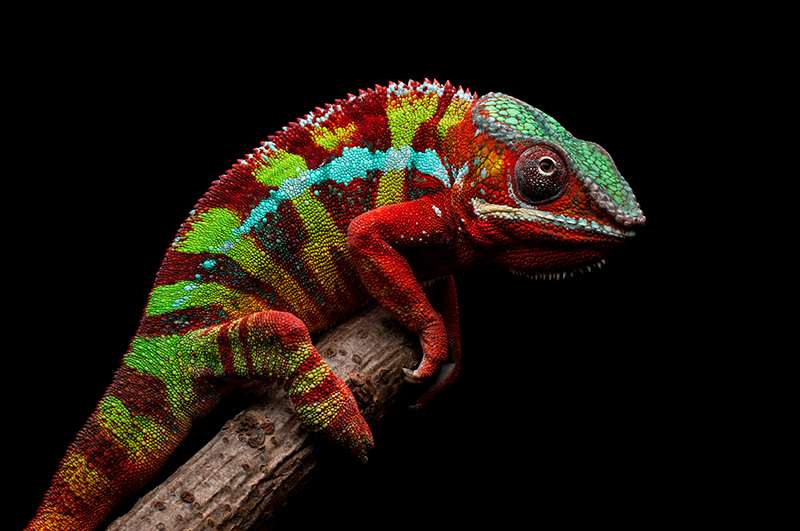
IUCN (International Union for conservation of Nature) is entrusted to list the species that are on the verge of getting extinct.
To put the problem in perspective it may be important to know that species in the wild are just 3 percent of the total number of total species and the species that are domesticated account for 97% of the total fauna.
As the linkages and interdependence of species is explained above, even one missing link can lead to wiping out of a large number of species.
IUCN Red list elaborates on species that are confirmed to be extinct, or extinct in the wild, or critically endangered or endangered or vulnerable or near threatened, or least concern or data deficient.
Maintaining these listings with the help of a global network accounts for action on species that need protection or special intervention.
Indian bustard, Siberian crane, Indian owlet, Spotted Malabar civet, Ganges river dolphin and one horned rhinoceros and red crowned roof turtle are species that require intervention in India.
White crowned hornbill, Amsterdam albatross, Java sparrow require intervention in other parts of the world.
Why is it Important for Everyone to Know About Biodiversity?
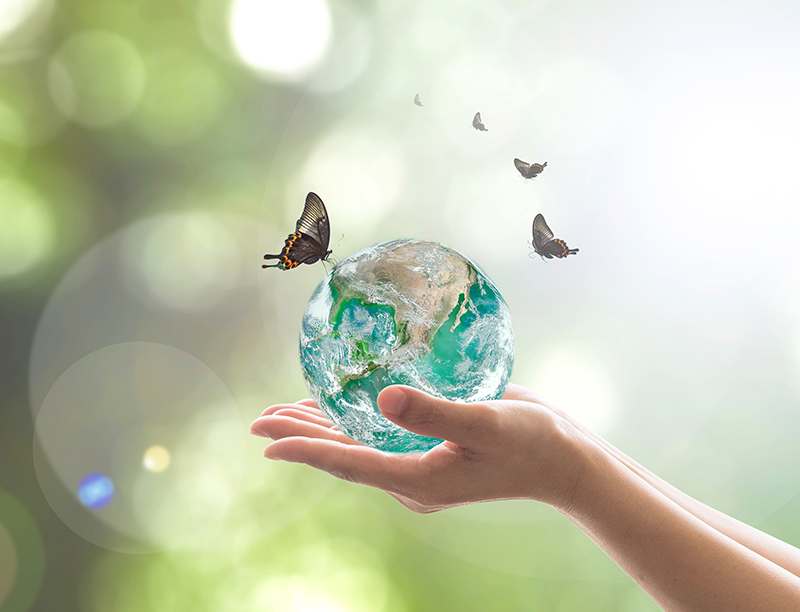
If everyone makes connect with nature it is easy for everyone to understand the importance of biodiversity and interdependence of different species to each other.
A case in point is the extinction of pollinating species because of climate change, that is bound to create and drive further damage to eco-systems.
There is intrinsic value of biodiversity that we cannot put a price on, however, biodiversity loss may cause lot of damage to potential research in medicines (if we lose species at the rate at which we are losing now) and ecosystem services.
According to some estimates the benefits of biodiversity in terms of monetary value may run into trillions (Guardian, 2019).
What Can I Do To Help?
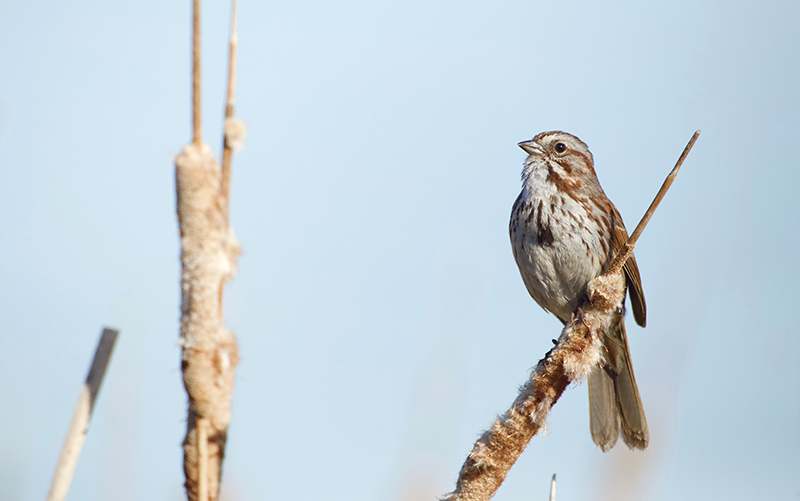
Several years ago, my cousin who was visiting from Bangalore was shocked to see sparrows nesting inside our home in a small town in Chhattisgarh.
That was the first time she was seeing a sparrow! In trying to keep our houses clean, we have ensured that no birds can make their way into our houses and build their nests in the nooks and corners of our home.
It is of course understandable that in cities there are security concerns which prevent us from keeping our doors and windows open.
Moreover, many apartments in big cities now have meshes to keep away the horde of pigeons that threaten to destroy everything in their path!
But wouldn’t it be nice to spare one part of the apartment complex, perhaps the garden or the trees in general, where birds could freely build their nests and keep warm?
The other issue for small birds like sparrows is to find food in cities.
Hanging containers outside your balconies that contain uncooked rice or some other bird feed might help these birds avoid having to fly long distances in the polluted air of the cities.
Such containers could also be placed near trees or in the garden in your apartment complex.
During the hot Indian summers, it might be really helpful to keep a cup of water in the balcony and ensure that it is filled at all times. It can be harder for birds to find clean water than to find food in cities (isn’t that true for us too?).
If you are a member of the executive committee of your homeowners’ association, you might have come across suggestions to “trim” down tree branches in the interest of having more sunlight, or even aesthetics.
However, it is these bushy tree branches that many species of birds and insects call home.
Please keep that in mind the next time you come across such a suggestion!
References:
https://www.theguardian.com/news/2018/mar/12/what-is-biodiversity-and-why-does-it-matter-to-us
https://www.nps.gov/yell/learn/nature/cycles-and-processes.htm
https://en.wikipedia.org/wiki/Biodiversity
https://www.iucnredlist.org

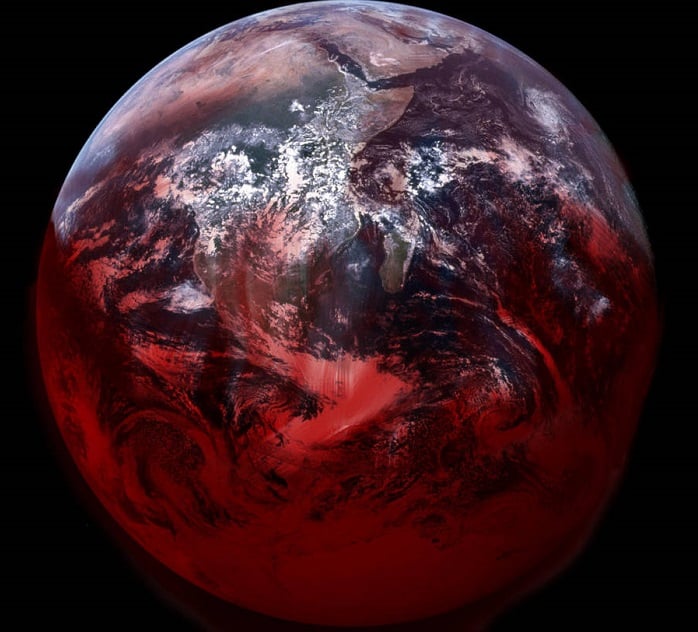
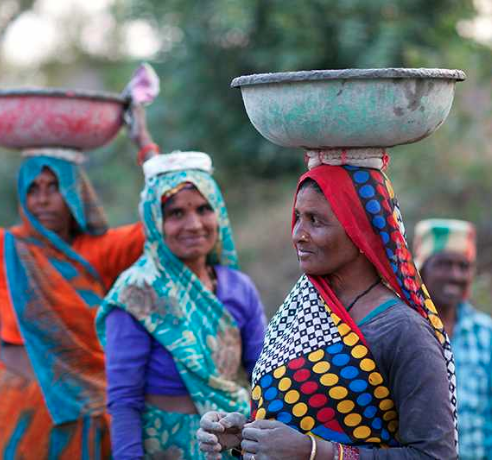


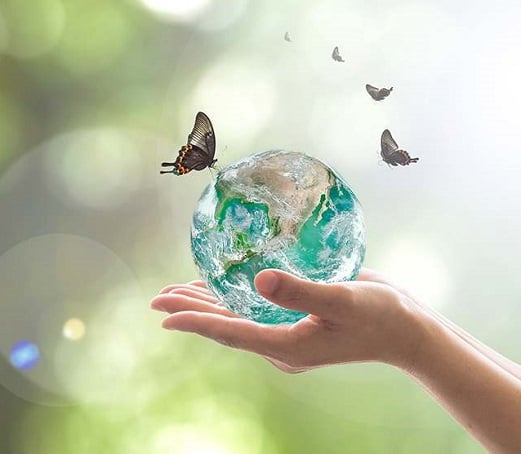
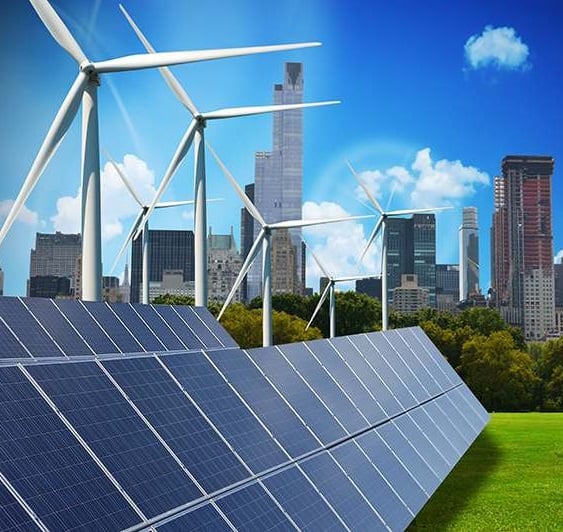
-1.jpg?width=521&name=INDOOR%20AIR%20QUALITY(1)-1.jpg)

